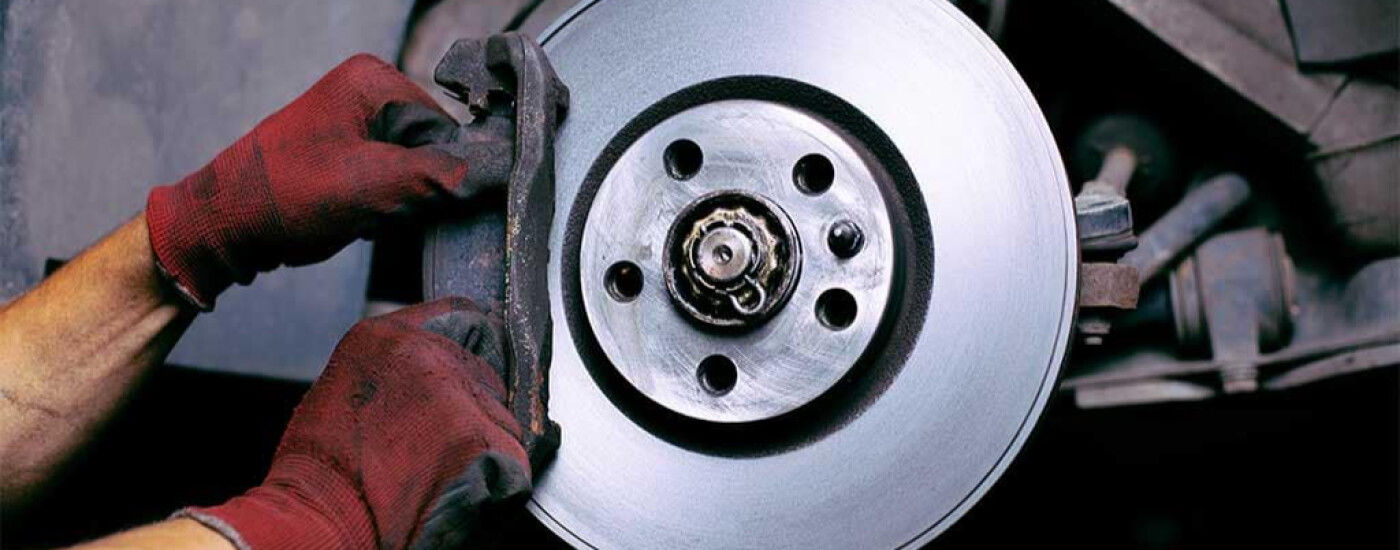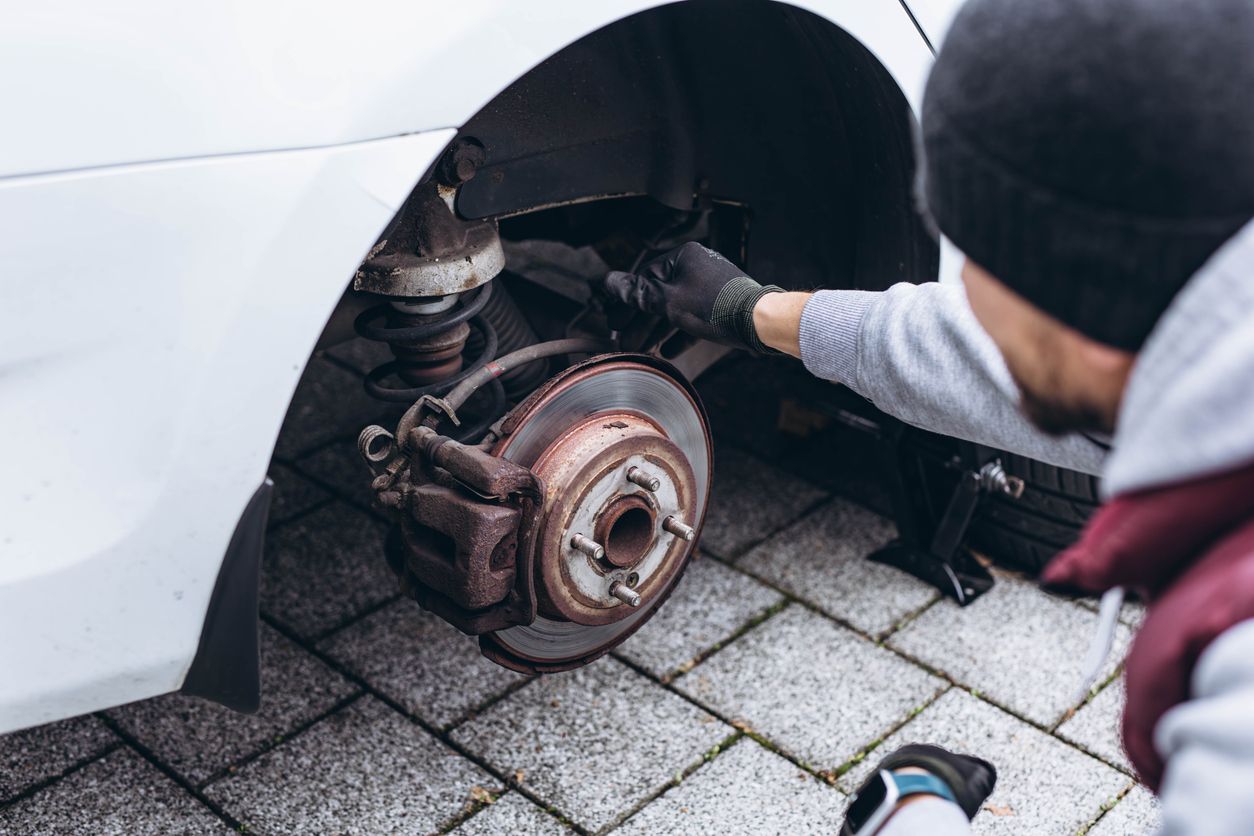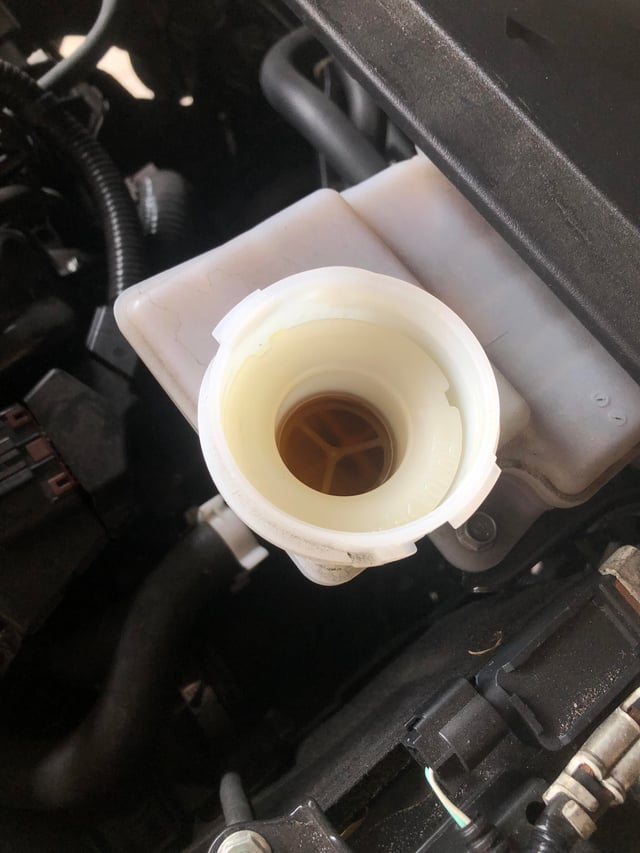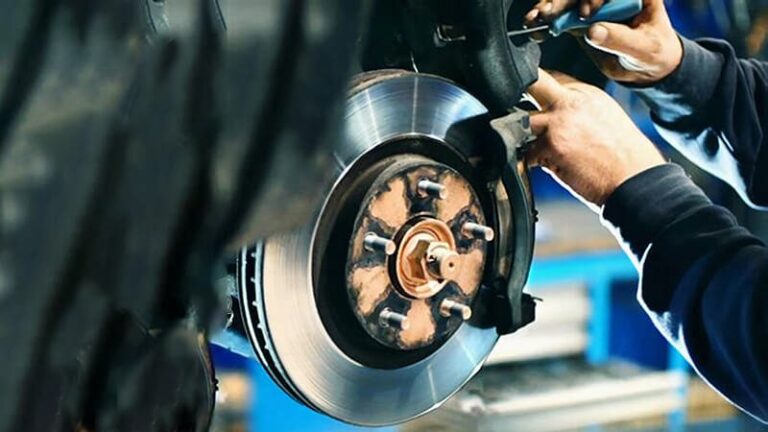Are you wondering whether you should bleed your car’s brakes with the engine on or off? Getting this right is crucial for your safety and the performance of your vehicle.
If you’ve ever felt unsure about the process or worried about making a costly mistake, you’re not alone. You’ll discover the simple answer and learn the best way to bleed your brakes effectively. Keep reading—you’ll gain the confidence to do it correctly and keep your car running smoothly.

Credit: www.mercedes-benz-brampton.ca
Brake Bleeding Basics
Brake bleeding is an important process for car safety. It removes air bubbles from the brake lines. Air in the lines can cause a soft or spongy brake pedal. This reduces braking power and control. Knowing the basics helps you keep your brakes working well.
Bleeding brakes may seem tricky but is simple with the right steps. It involves pushing brake fluid through the system to clear out air. The process also checks for leaks or worn parts. Proper bleeding ensures strong, reliable brakes every time you press the pedal.
Purpose Of Bleeding Brakes
Brake bleeding removes trapped air from brake lines. Air compresses under pressure, unlike brake fluid. This causes the brake pedal to feel soft. Removing air restores firm pedal feel. It also improves brake response and safety. Regular bleeding keeps the brake system working properly.
Common Brake Fluid Issues
Brake fluid absorbs moisture over time. Moisture lowers the fluid’s boiling point. This can cause brake fade during heavy use. Old or dirty fluid can also damage brake parts. Air can enter the system through leaks or worn seals. These issues reduce brake efficiency and safety.
Car On Vs Off
Bleeding brakes is a key step in car maintenance. The question is: should the car be on or off during this process? Both methods are used by drivers and mechanics. Each has different effects on how well the brakes work after bleeding. Understanding the differences helps you choose the right way for your vehicle.
Bleeding With Engine Off
Bleeding brakes with the engine off is the most common method. It means the brake booster does not get power from the engine. The brake pedal feels harder. This makes it easier to push the brake fluid through the system manually. This method is simple and safe for beginners.
Since the engine is off, the power assist is not active. The brake pedal requires more force. This helps you feel if air is still in the brake lines. It also reduces the risk of damage to the brake booster.
Bleeding With Engine On
Bleeding brakes with the engine on uses the power brake booster. This booster helps push brake fluid through the system. The brake pedal feels softer and easier to press. It can speed up the bleeding process.
This method requires care. The engine must be running smoothly. If the booster or engine has issues, it can cause problems. This method is often used by mechanics with experience.
Pros And Cons Of Each Method
Bleeding with the engine off is safer for beginners. It prevents damage to the brake booster. It allows better pedal feel to detect air. The process can take longer and require more effort.
Bleeding with the engine on is faster. It uses the booster to push fluid easily. It needs careful handling and a running engine. There is a risk of damage if done wrong. It is better for those with some experience.
Step-by-step Bleeding Process
Bleeding brakes is essential for safe driving. Air bubbles in brake lines reduce brake efficiency. This step-by-step guide will help you bleed brakes correctly. Follow each step carefully for the best results. Safety is the top priority during this process.
Preparing The Vehicle
Park the car on a flat surface. Turn off the engine before starting. Engage the parking brake to keep the car still. Remove the wheels for easy brake access. Check the brake fluid level and top it up if low.
Tools Needed
You need a wrench to open bleeder screws. A clear tube helps see air bubbles leaving. Use a container to catch brake fluid. Have fresh brake fluid ready to refill. Gloves and safety glasses protect you from spills.
Bleeding Procedure
Start with the wheel farthest from the brake master cylinder. Attach the clear tube to the bleeder screw. Have a helper press the brake pedal slowly. Open the bleeder screw to let fluid out. Close the screw before the pedal is released. Repeat until no air bubbles appear. Move to the next wheel and repeat the steps. Keep checking brake fluid level in the reservoir. Fill it to avoid air entering the system. Test the brake pedal firmness before driving.
Signs Of Successful Brake Bleeding
Knowing the signs of successful brake bleeding is key to safe driving. Proper bleeding removes air from brake lines, restoring brake function. This section explains three clear signs that show your brake bleeding job worked well.
Brake Pedal Feel
The brake pedal should feel firm and steady. It should not sink to the floor or feel spongy. A firm pedal means no air bubbles remain in the brake lines. This gives you better control and safer stops.
Fluid Clarity
Check the brake fluid in the reservoir. It should look clear or slightly yellow. Cloudy or dark fluid means old fluid or air is still inside. Clean fluid helps brakes work smoothly and prevents damage.
Brake Performance
Test the brakes by driving slowly. The car should stop quickly and evenly. No noises, vibrations, or pulling to one side should happen. Good brake performance shows the bleeding was effective and safe.
Common Mistakes To Avoid
Bleeding brakes is an important task for car safety. Many people make mistakes that cause problems. Avoiding these errors saves time and keeps brakes working well. Here are common mistakes to watch out for.
Air Trapped In Lines
Air in brake lines reduces braking power. It makes the pedal feel soft or spongy. Make sure to fully flush the air out. Pump the brake pedal slowly and steadily. Check for bubbles in the fluid during bleeding. Even small air pockets can cause issues.
Incorrect Fluid Use
Using the wrong brake fluid harms the system. Check your car’s manual for the correct type. Mixing different fluids can damage seals and parts. Always use fresh, clean fluid. Old or dirty fluid lowers brake performance and can cause failure.
Safety Precautions
Brake fluid is toxic and can harm paint. Wear gloves and eye protection during bleeding. Keep fluid away from skin and eyes. Work in a well-ventilated area. Avoid spills on the car’s body to prevent damage.

Credit: www.youtube.com
Special Considerations
Bleeding brakes requires care and attention. Special factors affect the process. Understanding these helps avoid mistakes and keeps your brake system safe.
Abs Equipped Vehicles
Vehicles with ABS need careful bleeding. The ABS system has valves that can trap air. Turn the car on during bleeding to activate the ABS pump. This helps remove all air from the system. Follow the vehicle manual for exact steps. Skipping this can cause brake problems or warnings.
Using Brake Bleeder Kits
Brake bleeder kits make the job easier. They create pressure or vacuum to push brake fluid. Use the kit with the car off unless instructions say otherwise. Keep the fluid reservoir full to avoid air entry. Clean the brake fluid to prevent dirt in the system. Kits reduce mess and speed up bleeding.
When To Seek Professional Help
Brake bleeding can be tricky. Strange brake feel or noises need expert checks. If unsure about ABS or kit use, get help. Professionals have tools and knowledge for safe bleeding. Avoid risks that can affect your safety. Trust a mechanic for complicated brake issues.

Credit: www.firestonecompleteautocare.com
Frequently Asked Questions
Do You Bleed Brakes With The Car On Or Off?
Bleeding brakes is best done with the car off and engine off. This prevents brake fluid from circulating and ensures accurate bleeding.
Why Should The Engine Be Off When Bleeding Brakes?
With the engine off, the brake booster stays inactive. This avoids false pressure readings and ensures proper brake fluid flow.
Can Bleeding Brakes With The Car On Damage The System?
Yes, bleeding brakes with the engine on can cause uneven pressure. It may introduce air bubbles and reduce brake performance.
How Does Car Position Affect Brake Bleeding?
The car should be stationary and secure during bleeding. Movement can disrupt fluid flow and cause inaccurate bleeding results.
Conclusion
Bleeding brakes is important for safe driving. Always keep the car off while bleeding brakes. This prevents air from entering the brake lines. It also helps you control the brake fluid better. Remember to follow safety steps carefully. Taking your time ensures the brakes work well.
Proper brake maintenance protects you and others. Now you know the best way to bleed brakes. Stay safe on the road by doing it right.



